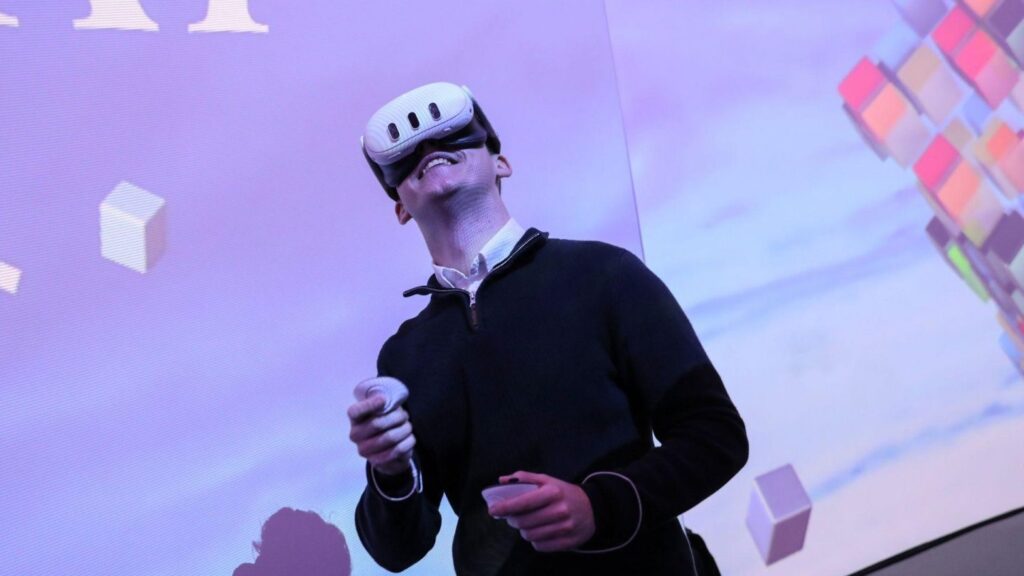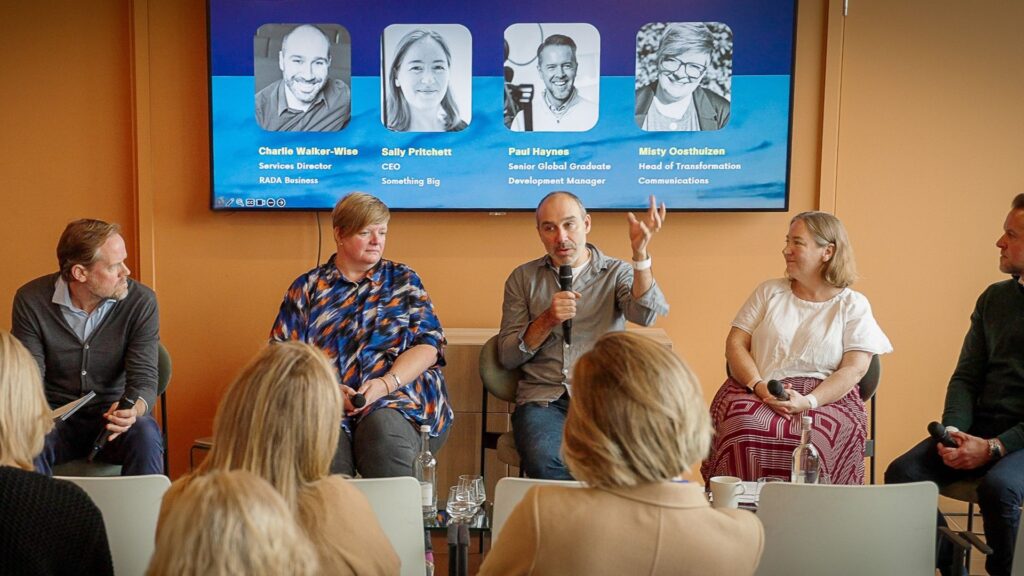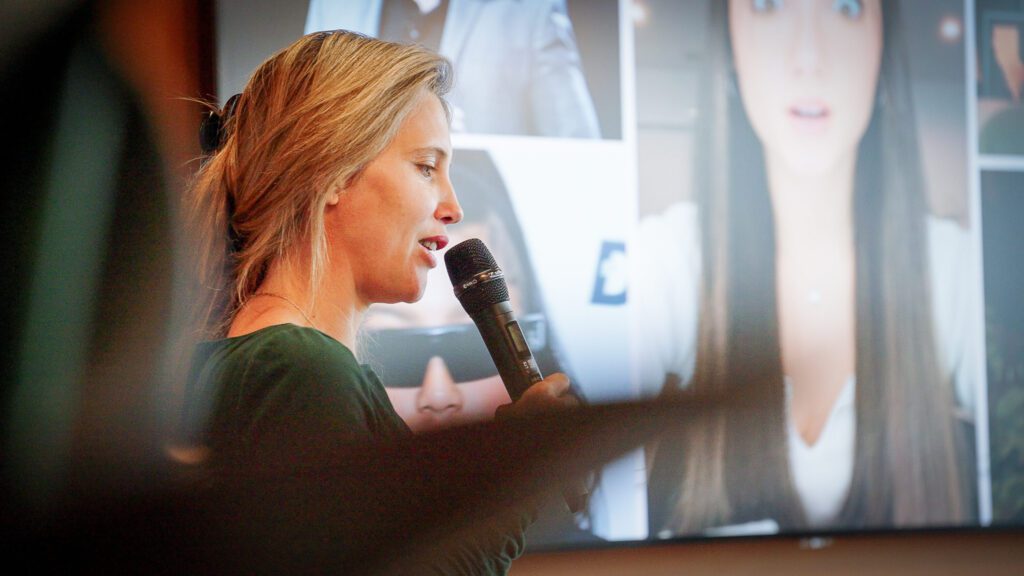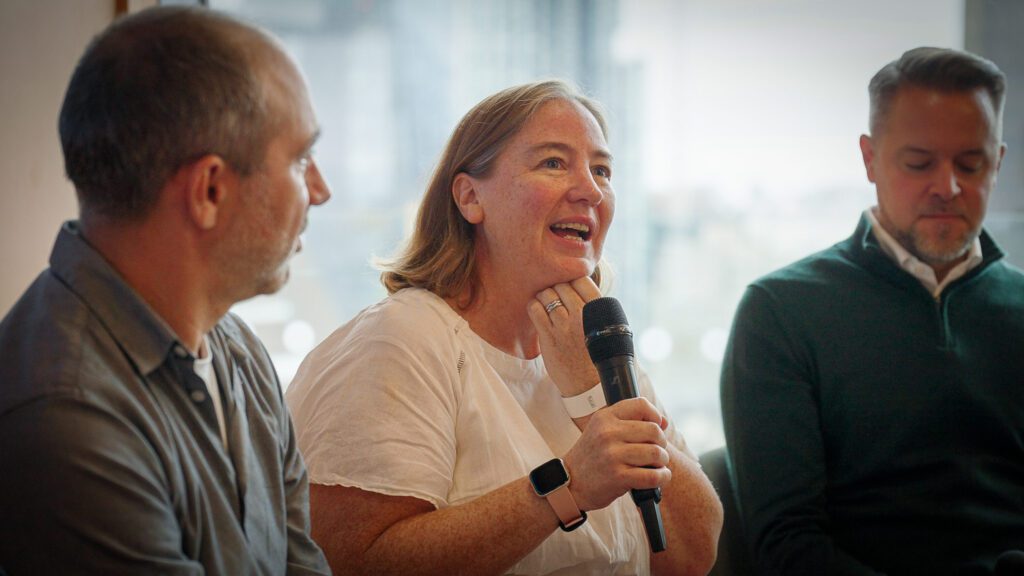How to Communicate Change Without Losing Trust
Why Creativity Needs Headspace

We live in an era of constant connectivity. Notifications, deadlines, meetings, emails—the modern workplace is designed to fill every available moment. But creativity doesn’t thrive in crowded mental real estate. It needs stillness, reflection, and, at times, boredom. It needs Headspace. It’s the second vital element in the SHaPe formula developed by Broadsword’s Creative Director, ensuring that inspiration has the breathing space to evolve into something meaningful.
The Link Between Creativity and Wellbeing
At Broadsword, we place a strong emphasis on wellbeing because we know that a healthy mind fuels creative brilliance. When our brains are overworked, overstimulated, and exhausted, they default to safe, habitual thinking. The best creative breakthroughs happen when we step away, take a deep breath, and allow our subconscious to do its work.
Think about the times you’ve had a great idea. Was it during a high-pressure meeting, or was it in the shower, on a walk, or just before falling asleep? Our best ideas often emerge when we’re not actively trying to think of them—when we allow space for them to surface naturally.
Creating the Space for Creativity
Headspace isn’t something that just happens—it’s something we have to create. Here’s how:
• Silence & Solitude – Moments of quiet can be rare, but they are invaluable for deep thought and fresh ideas.
• Movement – Exercise, walking, or even just stretching shifts your mental state and unlocks new ways of thinking.
• Mindfulness & Rest – Meditation, breathing exercises, and good sleep give your brain the recharge it desperately needs.
• Disconnecting – Taking a break from screens and social media removes mental clutter and refocuses your energy.
• Unstructured Time – Giving yourself time to simply ‘be’ rather than ‘do’ allows your mind to make unexpected connections.
Finding the Balance Between Stillness and Structure
Creating Headspace isn’t about eliminating all structure—it’s about knowing when to switch gears. If too much structure stifles creativity, too little can lead to aimlessness. The key is to build intentional pauses into your workflow:
• Block out ‘thinking time’ in your schedule.
• Take five minutes between tasks to reset.
• Step outside and change your environment when feeling mentally stuck.
• Learn to say no to unnecessary meetings or demands that drain your creative energy.
Protecting Your Headspace
In the same way we defend deadlines and deliverables, we need to protect our Headspace. It’s easy to let busyness creep in and consume every available moment, but without mental breathing room, creativity dries up. Companies and teams that prioritise wellbeing create environments where fresh ideas flourish.
Creativity is a cycle. We gather Stimulus, but without Headspace, it never turns into anything valuable. Making space for ideas to grow is just as important as seeking inspiration in the first place. So next time you feel creatively blocked, ask yourself: do you need more Stimulus, or do you need to step back and give your brain time to process what it already has?
Next in the SHaPe formula for creative thinking, explore Pressure—how the right amount can turn ideas into action without crushing creativity.


